Darlington refurbishment project ahead of schedule
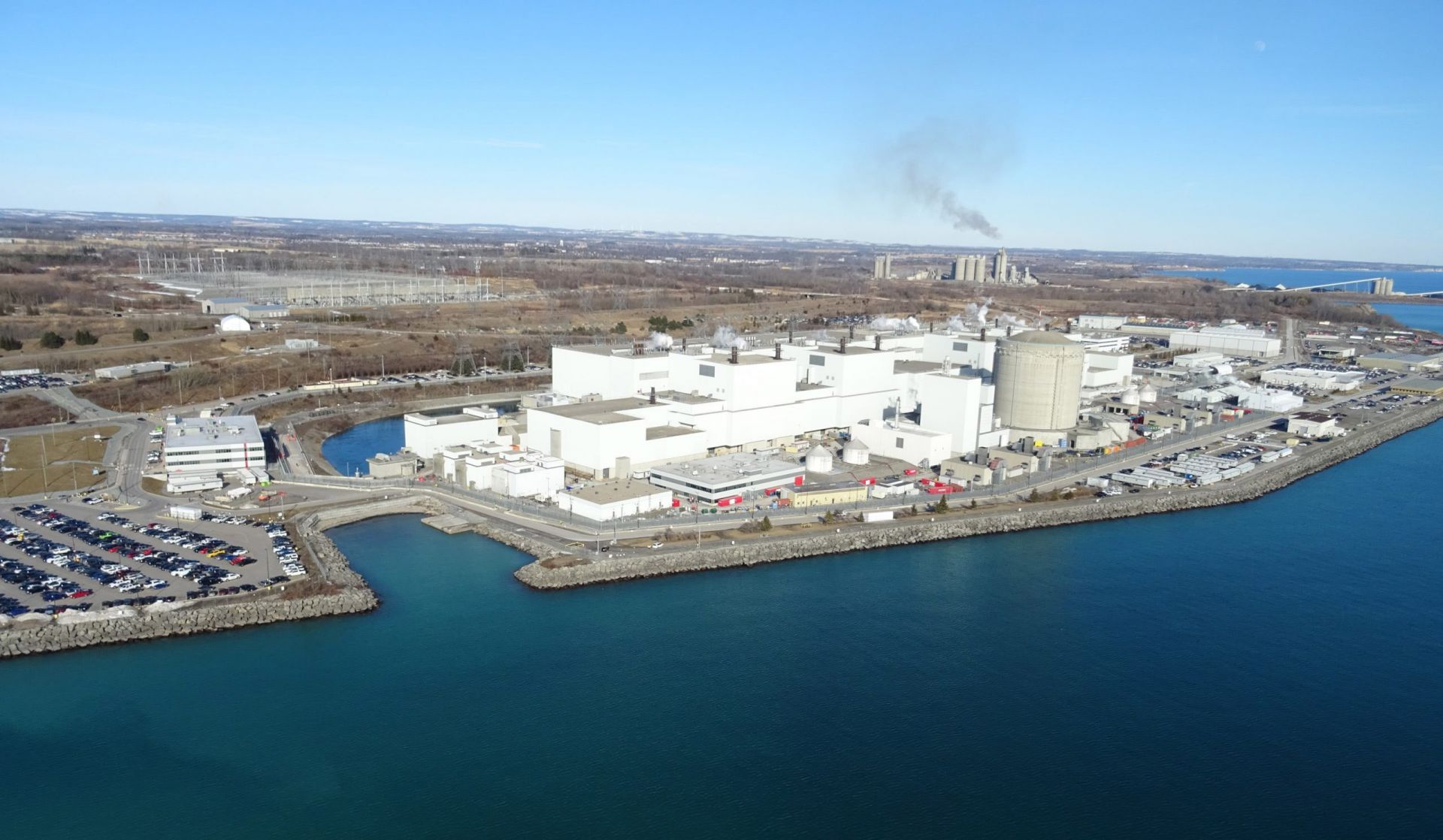
Ontario Power Generation’s expansive refurbishment project on its four 878-MWe CANDU units at the Darlington nuclear power plant is proceeding faster than expected, OPG announced on September 17.

A message from Goodway Technologies
Optimizing Maintenance Strategies in Power Generation: Embracing Predictive and Preventive Approaches

Ontario Power Generation’s expansive refurbishment project on its four 878-MWe CANDU units at the Darlington nuclear power plant is proceeding faster than expected, OPG announced on September 17.

Westinghouse Electric Company has completed the front-end engineering and experiment design (FEEED) for a prototype microreactor at Idaho National Laboratory, the Department of Energy recently announced. The one-fifth scale version of eVinci, Westinghouse’s 5-MWe sodium-cooled heat pipe design, is one of three reactors that could be tested at the National Reactor Innovation Center’s (NRIC) DOME test bed “as early as 2026,” the DOE said.
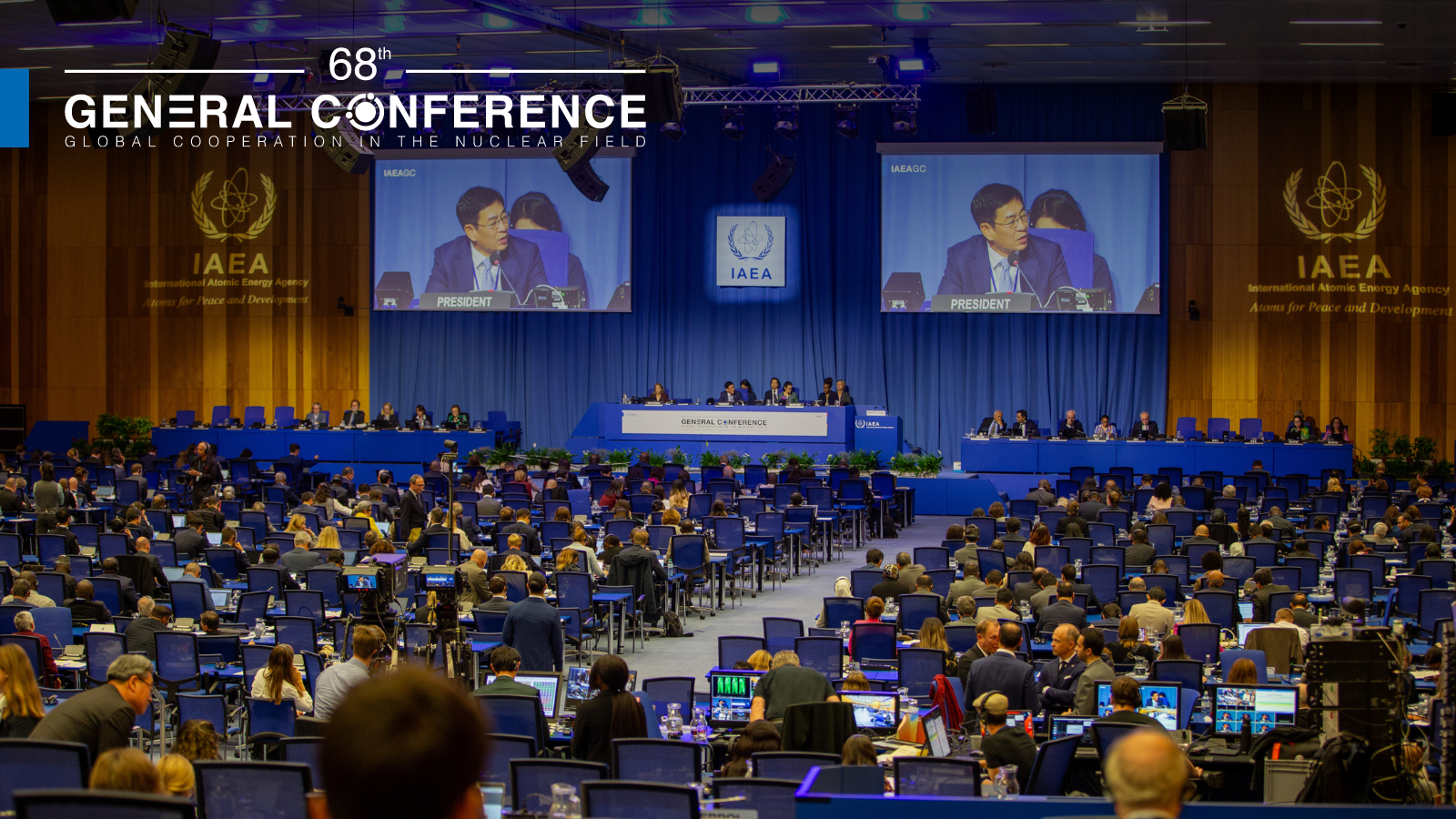
Eleven countries have been newly elected to serve on the International Atomic Energy Agency’s 35-member Board of Governors for the 2024–2025 term. The election took place on September 19 at the plenary session of the 68th IAEA General Conference.

On July 28, 2023, the Department of Energy launched its Cleanup to Clean Energy initiative, an effort to repurpose underutilized DOE-owned property—portions of which were previously used in the nation’s nuclear weapons program—into the sites of clean-energy generation.

Workers with the Department of Energy Office of Environmental Management’s contractor Central Plateau Cleanup Company recently demolished a former chemical storage area at the Reduction Oxidation Plant, one of five former plutonium production facilities at the Hanford Site.

Nuclear powerhouse Constellation announced today the signing of a 20-year power purchase agreement with Microsoft that will pave the way for the restart of Three Mile Island Unit 1—under a new name to honor Chris Crane, former chief executive of Exelon when Constellation was part of the larger company.
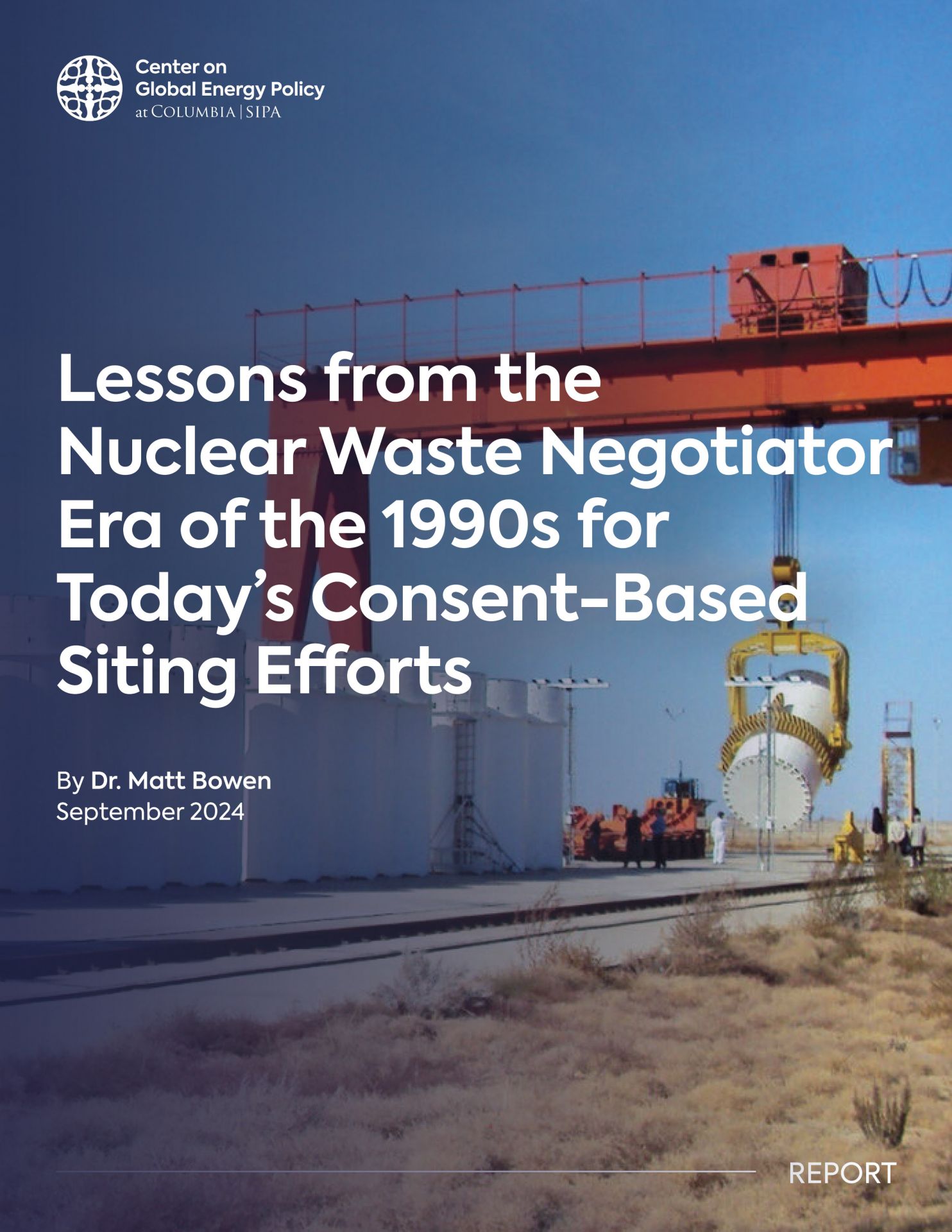 As the Department of Energy embarks on its consent-based process for siting a geologic repository for spent nuclear fuel and high-level radioactive waste, a new report from the Center on Global Energy Policy at Columbia University SIPA highlights relevant lessons from the federal government’s now defunct Office of the Nuclear Waste Negotiator.
As the Department of Energy embarks on its consent-based process for siting a geologic repository for spent nuclear fuel and high-level radioactive waste, a new report from the Center on Global Energy Policy at Columbia University SIPA highlights relevant lessons from the federal government’s now defunct Office of the Nuclear Waste Negotiator.
Established under Title IV of the Nuclear Waste Policy Act, the office, an independent agency within the executive branch, was primarily active from 1990 to 1995. Its role was to engage with state and tribal governments to find an acceptable and suitable host site for a repository.
The full report, Lessons from the Nuclear Waste Negotiator Era of the 1990s for Today’s Consent-Based Siting Efforts, is now available online. Its executive summary is available here.
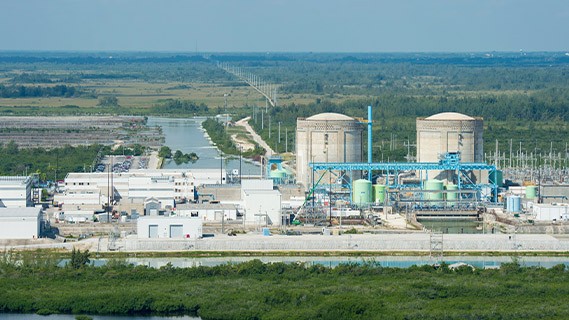
The Nuclear Regulatory Commission announced this week that it has restored the expiration dates of Turkey Point nuclear power plant's Units 3 and 4 subsequent license renewals (SLRs) to July 19, 2052, and April 10, 2053, respectively.

Juno Beach, Fla.–based NextEra Energy Resources Development has been selected to enter realty negotiations for a large-scale solar electricity generation project at the DOE’s Waste Isolation Pilot Plant (WIPP) in southeastern New Mexico as part of the department’s Cleanup to Clean Energy initiative.
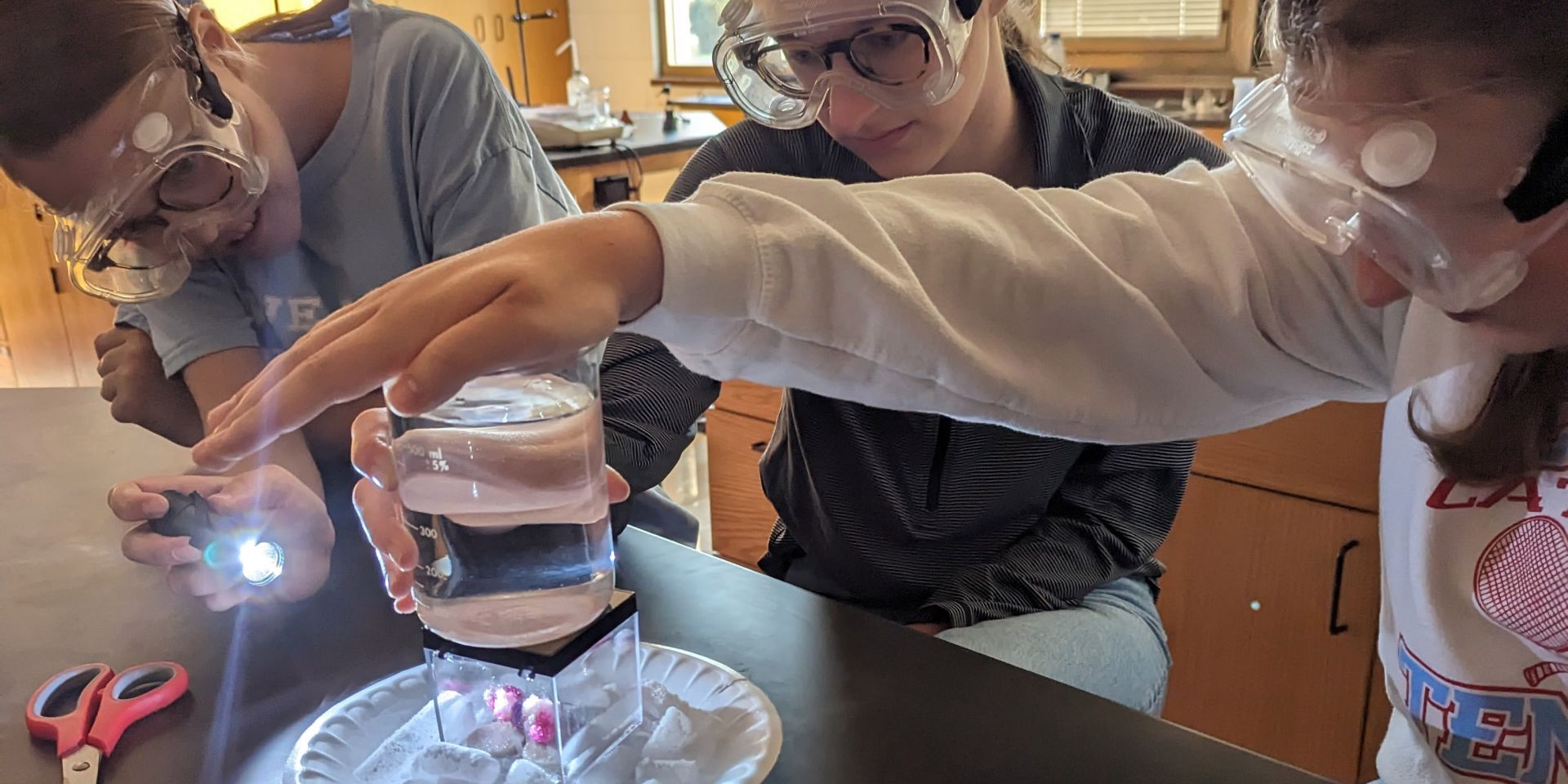
Nuclear science and technology is uniquely positioned to be a gateway for curiosity and exploration for students in grades K–12. Its study examines the literal fabric of reality, it has applications from the tiniest to the grandest of scales. It’s a constantly evolving industry with a bright future of discoveries and new technologies, and it’s an essential factor in our global effort to reduce carbon emissions and transition to cleaner energy sources. Frankly, learning about and doing things with atoms is pretty cool, from a kid’s perspective.

The U.S. Attorney’s Office in Massachusetts announced criminal charges this week against two men for allegedly smuggling and conspiring to violate export controls relating to the sale of laser equipment to the Russian nuclear industry.
The Department of Energy’s Office of Environmental Management announced yesterday that waste processing operations have resumed at the Integrated Waste Treatment Unit (IWTU) at the Idaho National Laboratory Site. The resumption of operations follows the completion of two maintenance campaigns at the radioactive liquid waste treatment facility.

Microreactor developer Aalo Atomics and municipal electric utility Idaho Falls Power have developed a memorandum of understanding that could lead to the siting of seven sodium-cooled microreactors and a power purchase agreement for Idaho Falls.
The Department of Energy has released a notice of a funding opportunity (DE-FOA-0003422) for the department’s Office of Environmental Management Minority Serving Institutions Partnership Program (MSIPP). With an estimated value of $15.5 million, the funding opportunity is a set-aside for minority-serving institutions (MSIs) and will result in multiple financial assistance awards ranging from one year to three years in length.

I really think so. Especially after visiting Abilene Christian University’s new Dillard Science and Engineering Research Center, the home of the Nuclear Energy Experimental Testing (NEXT) Lab and where the university will test its new molten salt research reactor design. The visit was part of the 12th Thorium Energy Alliance Conference. NEXT Lab director and program manager Rusty Towell anticipates that the research reactor will be operational in two years, and I believe it will. What was most impressive is that the reactor is suited to be scaled to any size from small to large—a key feature in any decarbonized world.

The Nuclear Regulatory Commission issued a construction permit yesterday to Abilene Christian University, giving ACU and its partners the go-ahead to build the Molten Salt Research Reactor (MSRR) facility on its Abilene, Texas, campus. The 1-MWt research reactor is the first molten salt–fueled reactor to get a construction permit from the NRC. After Kairos Power’s Hermes, it is the second non–light water reactor construction permit issued by the NRC.

The Pennsylvania Department of Environmental Protection (DEP) expressed its confidence in the decommissioning work taking place at the damaged Three Mile Island Unit 2 during a recent meeting of the TMI-2 Community Advisory Panel (CAP). “We cannot be more pleased with the progress being made,” said Dwight Shearer, director of the DEP, during the meeting, held on September 13 in Middleton, Pa.

New research into the dynamics and structure of high-temperature liquid uranium trichloride (UCl3) salt—a potential fuel for molten salt reactors—has been published in the Journal of the American Chemical Society. A recent news release from Oak Ridge National Laboratory describes how researchers from ORNL, Argonne National Laboratory, and the University of South Carolina used ORNL’s Spallation Neutron Source (SNS) to document the unique chemistry of liquid UCl3 “for the first time.”
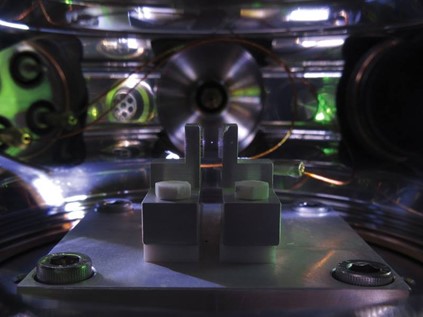
Start talking about dust in a vacuum, and some people will think of household chores. But dust has featured in recent nuclear science and engineering headlines in curious ways: ITER is deploying oversized dust covers inspired by space satellites in the south of France, while at Yale University, researchers have watched every move of a dust-sized particle levitating in a laser beam for telltale twitches that indicate radioactive decay.

The U.S. Nuclear Regulatory Commission began a special inspection last week at South Texas Project nuclear power plant into two incidents at the site, which led to separate, unplanned shutdowns of both Units 1 and 2.